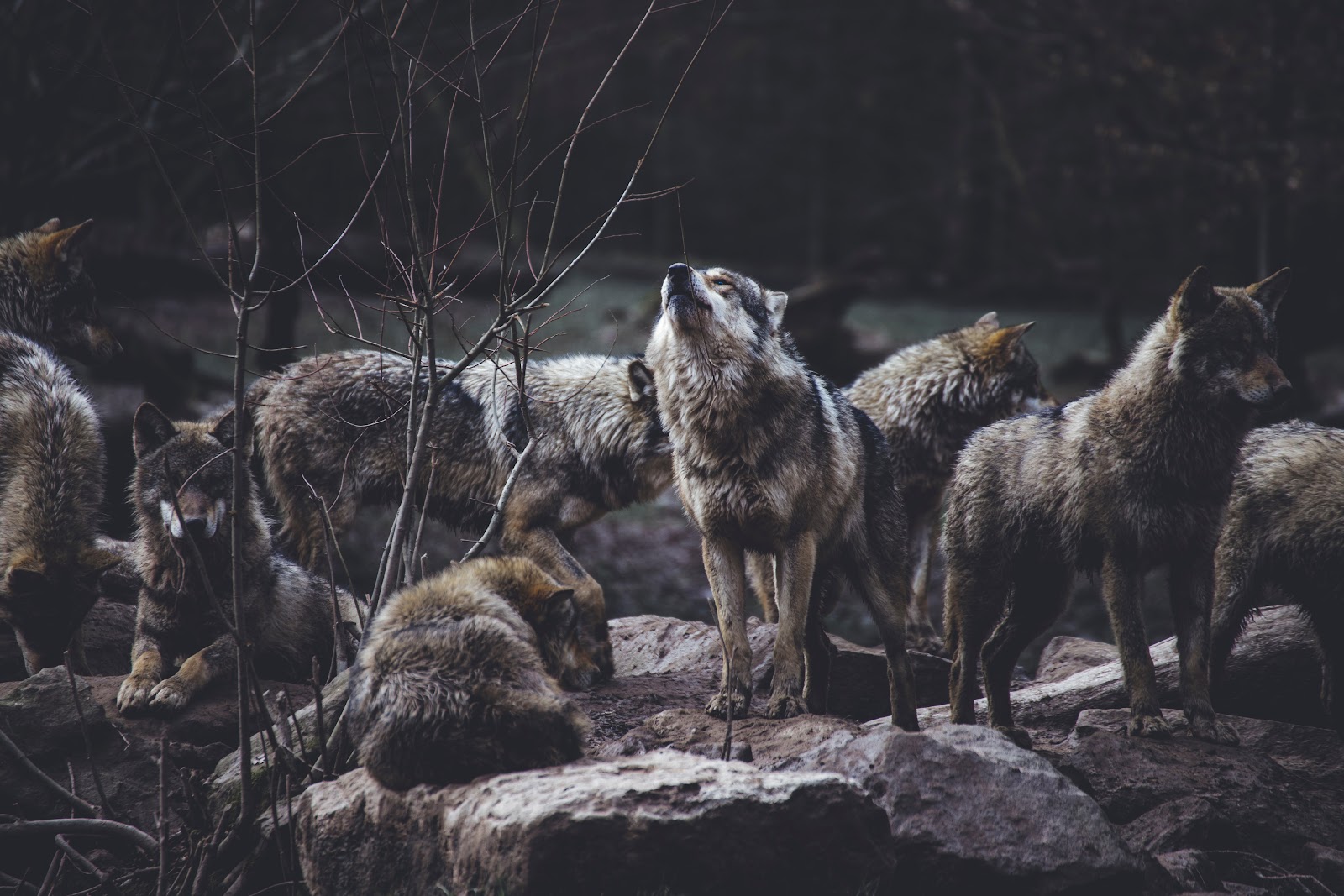Leading the pack: Reintroducing gray wolves to Isle Royale National Park
December 6, 2022

In a recent study, University of Minnesota researchers including Dr. Tiffany Wolf collaborated with partners from the National Park Service and the Grand Portage Band of Lake Superior Chippewa on a project to safeguard the wellbeing of gray wolves with their reintroduction into Isle Royale National Park (IRNP). The researchers aimed to assess and manage a range of disease risks for both the wolves and the wildlife at IRNP—a process that’s crucial to minimizing unintended harm to environments and animals while working toward conservation goals.
Even though a framework for this kind of disease risk analysis (DRA) has been developed by global conservation organizations, it has historically been underutilized in animal translocation projects. However, the importance of risk mitigation has become more apparent in recent years, as there have been cases where diseases have been inadvertently introduced through translocation. When animals are moved, they might be exposed to new diseases in their new environment—or they could bring diseases with them that could be detrimental to the animal populations already there.
The researchers identified 27 infectious disease hazards of wolves, such as viruses and parasites. They determined the likelihood of those diseases to be introduced to IRNP with the translocated wolves and the potential consequences of those diseases to other species on the island. They then integrated this analysis into the project planning, incorporating risk management strategies that included administering vaccines, antiparasitics and antibiotics to the wolves prior to relocation.
The project demonstrated the potential for broad-ranging partnerships, including disease experts, experienced field biologists, and members of the region’s indigenous community to help identify and account for potential sources of bias related to the assessment of disease risk. The researchers hope that practical examples like this will encourage wider adoption of DRA principles in translocations of wildlife for conservation purposes moving forward.
As Dr. Wolf notes, “The movement of animals is an expensive and complex undertaking in our conservation toolkit. To make that worthwhile, for individual animals and the species with which they share their environment, we need to ensure we minimize harm and unintended consequences, and this process helps us do that.”
Visit the full article in Conservation Science and Practice to learn more.


